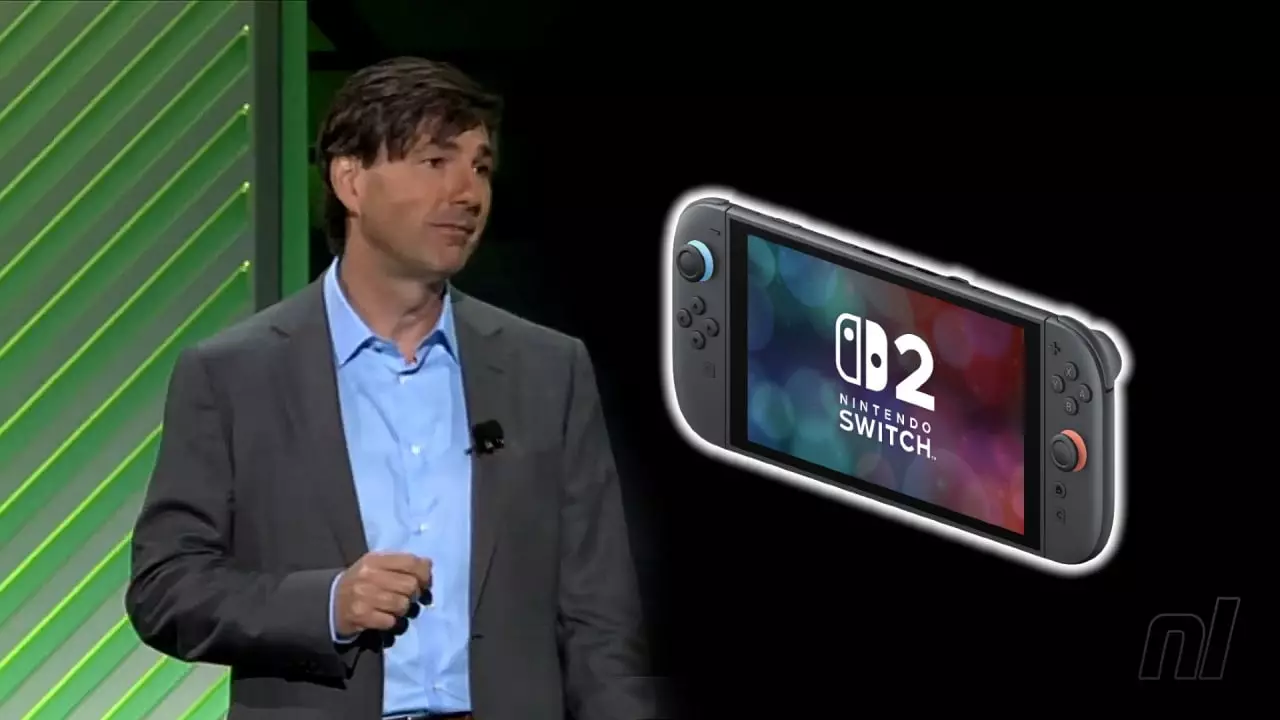Action-packed reveals and innovative gaming experiences typically generate excitement, but the unveiling of the Nintendo Switch 2’s pricing has instead spurred frustration and skepticism among consumers. At a staggering $449.99, the new console’s price point sits at a critical juncture where it raises eyebrows amidst ongoing economic instability. As households grapple with inflation and variable financial pressures, one can hear the collective sigh of discontent from potential buyers. This sentiment suggests a disconnect between Nintendo’s pricing strategy and the lived realities of many gamers, illustrating a marketplace that has become increasingly sensitive to both cost and value.
The Communication Breakdown from Nintendo Leadership
Doug Bowser, the president of Nintendo of America, recently engaged in a strategy aimed at reassuring the gaming community about the value provided by the Switch 2. During an interview with CBC, he expressed confidence in the price being “appropriate for the value of the machine and the gameplay experience overall.” However, it’s crucial to dissect the perceived shortcomings in this communication. By acknowledging that some consumers might be priced out while suggesting alternative platforms, Bowser’s comments inadvertently echoed sentiments that many listeners found dismissive. The underlying message may have unintentionally downplayed the severity of the purchase barrier for gamers who are already questioning their entertainment expenditures in today’s economy.
Historical Parallels and Corporate Missteps
The echoes of past corporate blunders can never be too far removed when we analyze Bowser’s comments in light of historical precedents. The striking resemblance between this situation and a famous quote from former Microsoft executive Don Mattrick in 2013 is alarming. Mattrick infamously suggested that those unable to connect online could simply stick with the Xbox 360, a dismissal that led to significant backlash against Microsoft. While Bowser’s intent was likely not similarly dismissive, the underlying implications may resonate poorly, suggesting that Nintendo doesn’t fully appreciate the financial constraints experienced by its audience. Each unguarded comment becomes more than a verbal exchange; it paints a picture of a corporate leader potentially out of touch with consumer realities.
The Comparisons to Xbox and New Market Strategies
As the gaming landscape evolves, consumers are drawing parallels between Nintendo’s strategy with the Switch 2 and Microsoft’s previous misadventures with the Xbox One. Not only are critics scrutinizing the pricing, but they are also observing the introduction of Game Key Cards and the potential restrictions that may accompany the new console. The digital focus seen in Xbox’s earlier strategies raises valid concerns regarding ownership and access, and players are acutely aware of the implications that such directions can carry. Nintendo must tread carefully to avoid alienating its dedicated fanbase while attempting to usher in new technological innovations.
Economic Realities and Gaming Value Perception
The current economic climate is a labyrinthine backdrop against which these discussions unfold. In a world where increases in inflation and tariffs are shaping discretionary spending, the perceived value of gaming hardware cannot be evaluated in isolation. The benchmark for affordability is shifting, and many gamers now prioritize value in a manner that reflects broader consumer sentiment. Bowser’s assertion that existing Switch platforms will be supported post-launch may provide some reassurance, yet this does not negate the immediate hardships potential buyers face. The willingness to invest in high-ticket items like gaming consoles is influenced by prevailing economic pressures, making it essential for companies like Nintendo to exhibit transparency and empathy.
Consumer Sentiment and the Future of Nintendo
As the industry gazes toward the future, the reception of the Nintendo Switch 2 pricing and features may serve as a crucial indicator of the brand’s direction. Consumer discontent appears intertwined with feelings of disenfranchisement and misunderstanding, potentially marking a pivotal moment for Nintendo in how it approaches market communication. The challenge lies not only in pricing but in creating a dialogue that fosters trust, understanding, and value appreciation. The looming question is whether Nintendo can recalibrate its strategies to align more closely with the needs and desires of contemporary gamers looking to navigate through an unpredictable financial landscape.

